Not every vehicle is built for the rugged, remote, and often unforgiving realities of rural Canada. Whether it is the unplowed roads, icy hills, or 40-kilometer commutes with no gas station in sight, some cars just don’t cut it. While they may shine in city settings, some vehicles can become liabilities in the backcountry due to low ground clearance, poor winter traction, fragile suspensions, or costly repair needs. Here are 24 vehicles you’ll regret buying if you live anywhere in rural Canada:
Smart Fortwo
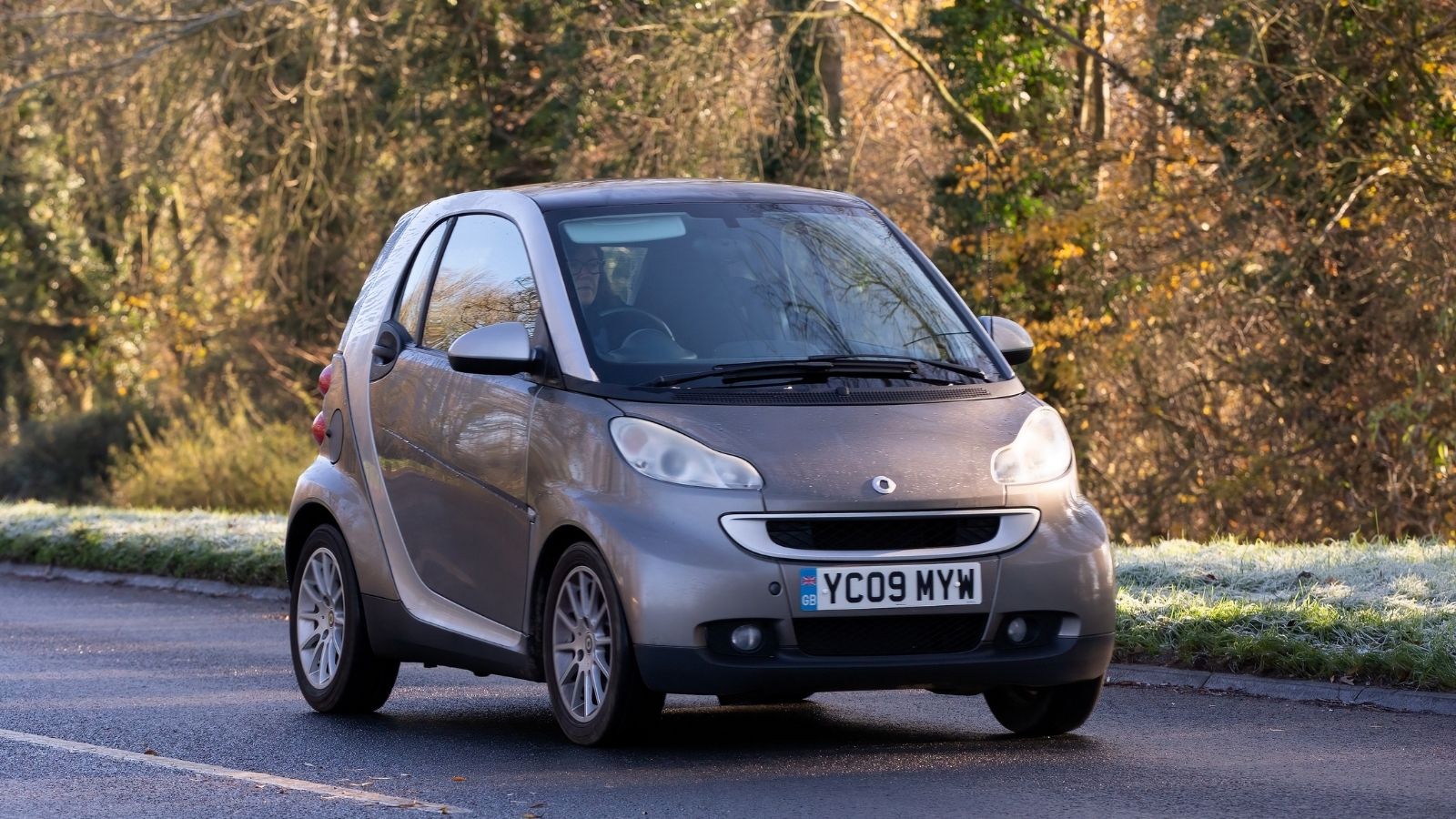
The Smart Fortwo might be perfect for squeezing into downtown parking spots, but take it off a paved road and you’re asking for trouble. With just 5.5 inches of ground clearance and rear-wheel drive, it simply cannot handle rural road conditions. Snow drifts, gravel paths, or steep driveways can turn this city microcar into a stranded lawn ornament, while sourcing parts and service can be challenging in remote areas. This may be a smart car option in urban Toronto or Vancouver, but it becomes a regrettable liability in rural Alberta or Northern Quebec.
Fiat 500

The Fiat 500, while charming on city streets, struggles to cope with rural realities. It is a stylish car, but it is not fit for rural driving. Its compact size and firm suspension struggle with uneven gravel roads and potholes familiar in the countryside. Its 1.4L engine does not offer much torque for snow-covered inclines, and the low ride height means it gets hung up easily in winter. Repair parts are not readily available in most small towns, and long trips to the nearest dealership become routine, making it a regretful buy for anyone in rural Canada.
Toyota Prius
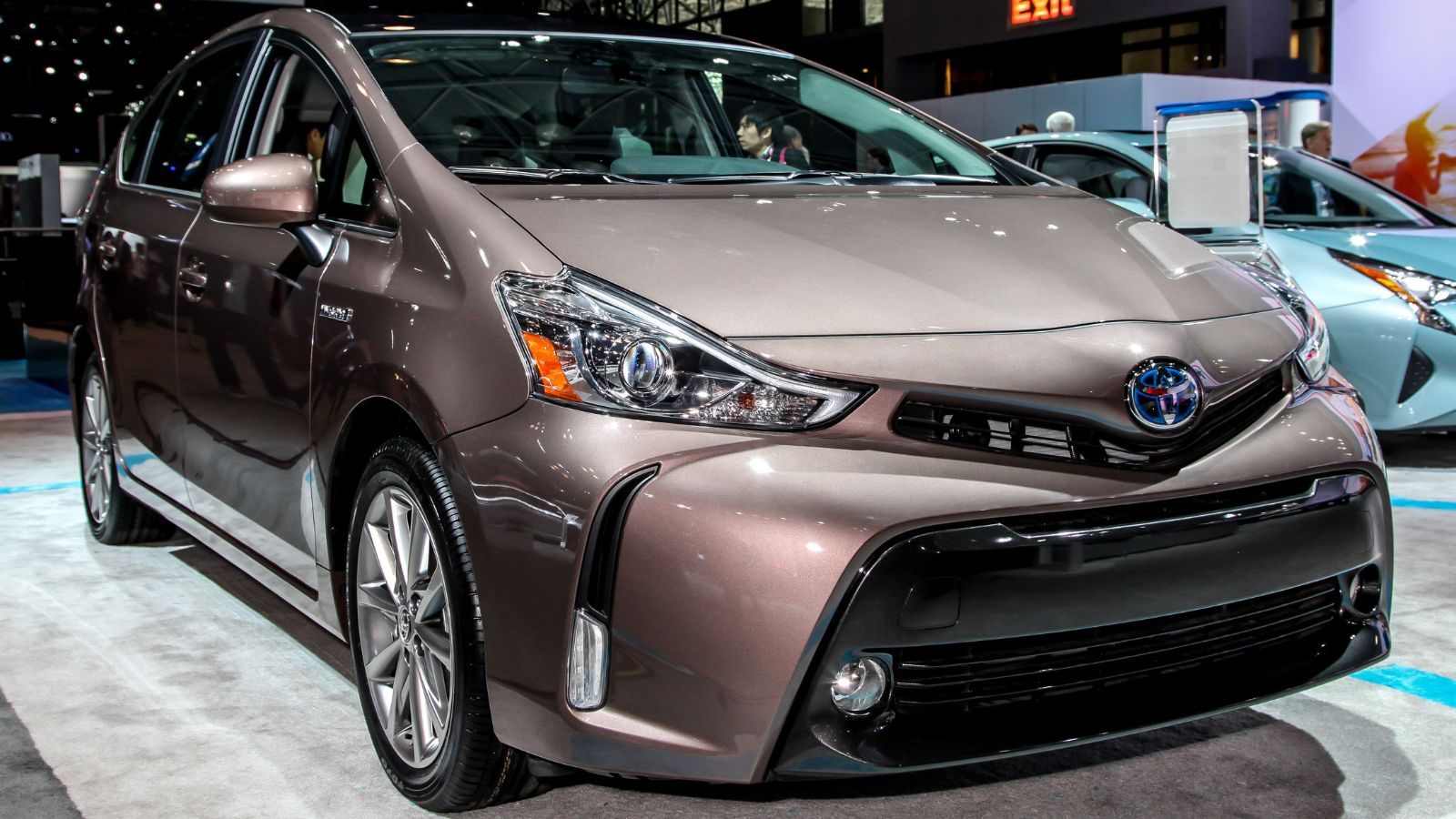
The Toyota Prius may be the poster child for fuel efficiency, but rural life demands more than a low-emissions footprint. Its hybrid battery does not perform well in extreme cold, which is a significant drawback for areas that routinely experience temperatures of -30°C. The ground clearance is minimal, and the traction control is insufficient to handle icy backroads or steep farm driveways. Towing capacity is nonexistent, and even routine maintenance can be a hassle without a hybrid-certified mechanic nearby. If you are hours from the nearest dealership, owning a Prius starts to feel less economical and more inconvenient.
Chevrolet Camaro
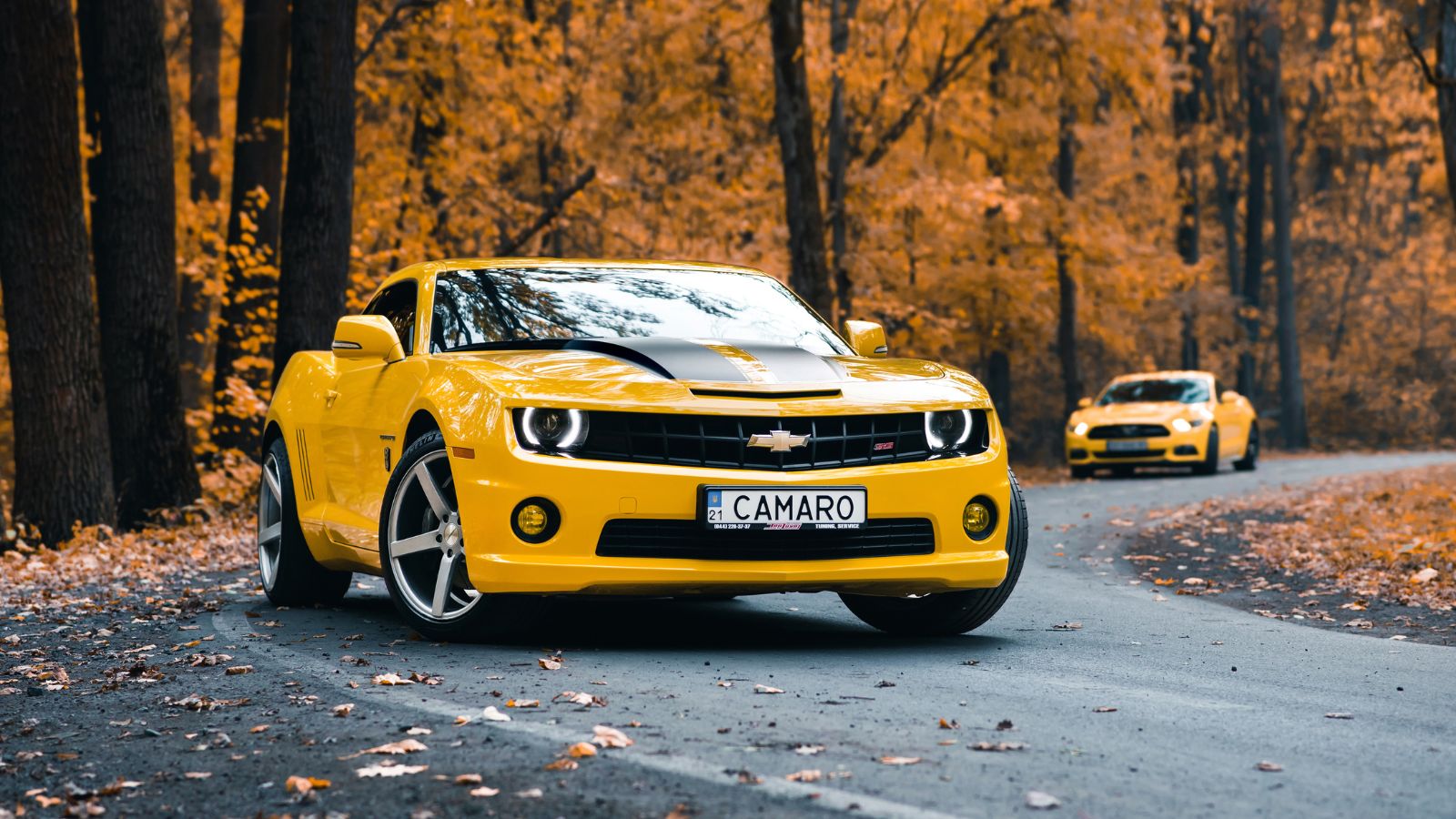
Muscle cars look great, but in rural Canada, they are more of a burden than a brag. The Camaro’s low-profile tires and stiff suspension are poorly suited to cracked pavement or gravel roads, and its wide, low-slung body means ground clearance is practically nonexistent. Rear-wheel drive becomes a nightmare in snow or mud, and the engine’s performance gulps gas, which is a costly issue when the nearest pump might be 50 kilometers away. Add limited cargo space and poor visibility, and you’ve got a car that is better left in the garage once you leave city limits.
Nissan Leaf
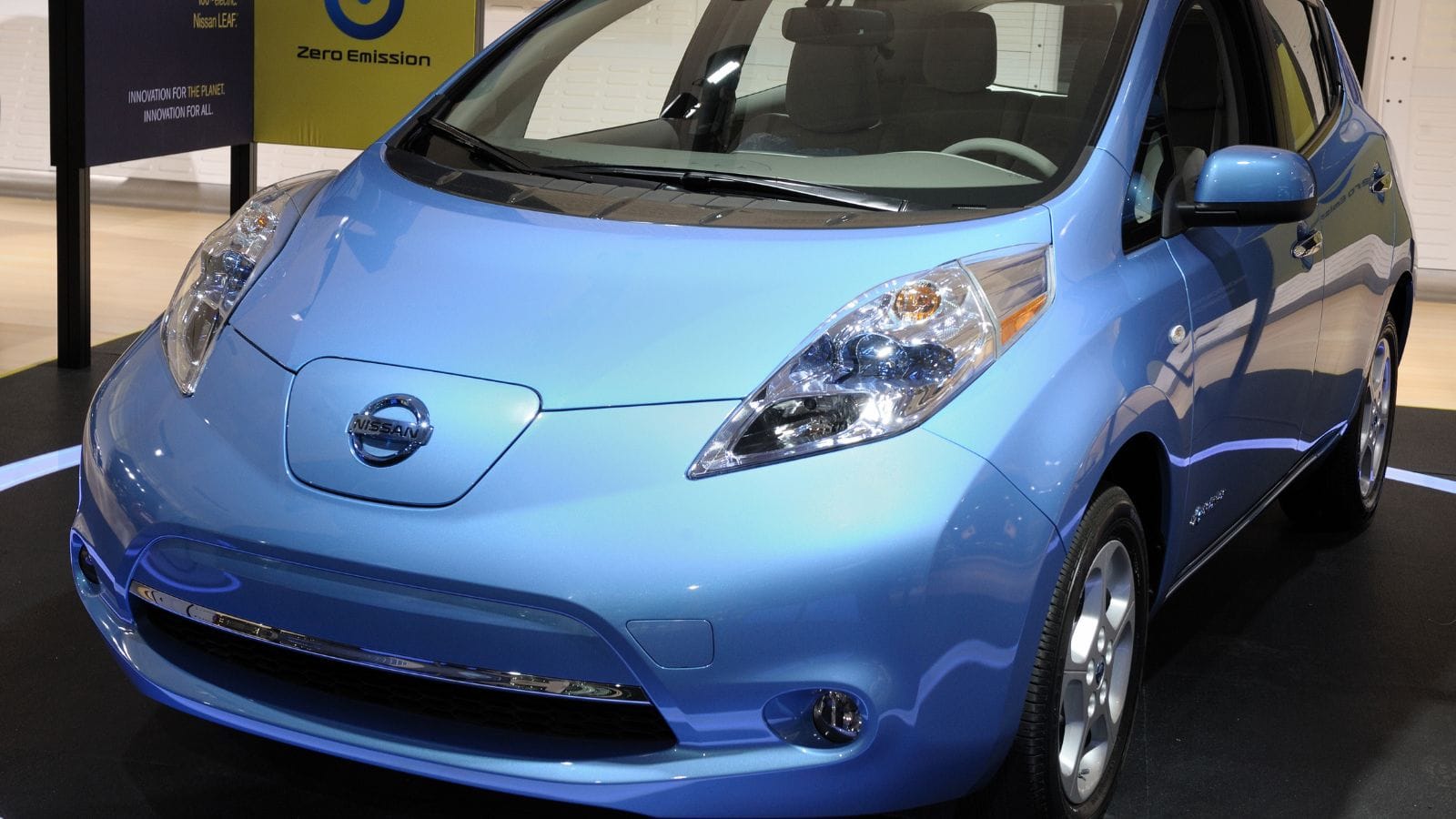
All-electric vehicles might be the future, but in rural Canada, they are still not practical, especially with something like the Nissan Leaf. Range anxiety becomes very real when charging stations are few and far between, and cold weather can significantly reduce battery life. With no AWD and limited ground clearance, the Leaf is not built for snowy rural roads or springtime thaw conditions. Unless you’ve installed a Level 2 charger at home and have no plans to venture too far, you’ll spend more time worrying about the next plug-in than enjoying the drive.
Mini Cooper

It is zippy and fun in the city, but the Mini Cooper becomes a rough ride in the country. The low ride height makes gravel roads, snowbanks, and potholes feel like off-roading in a go-kart. The stiff suspension and tight turning radius result in poor comfort on uneven surfaces. Although some AWD models are available, the standard versions struggle in icy or slushy conditions, and replacement parts can be expensive and slow to arrive in rural regions. It’s a city car through and through, and it won’t take long before regret sets in for anyone driving in the countryside.
Volkswagen Golf
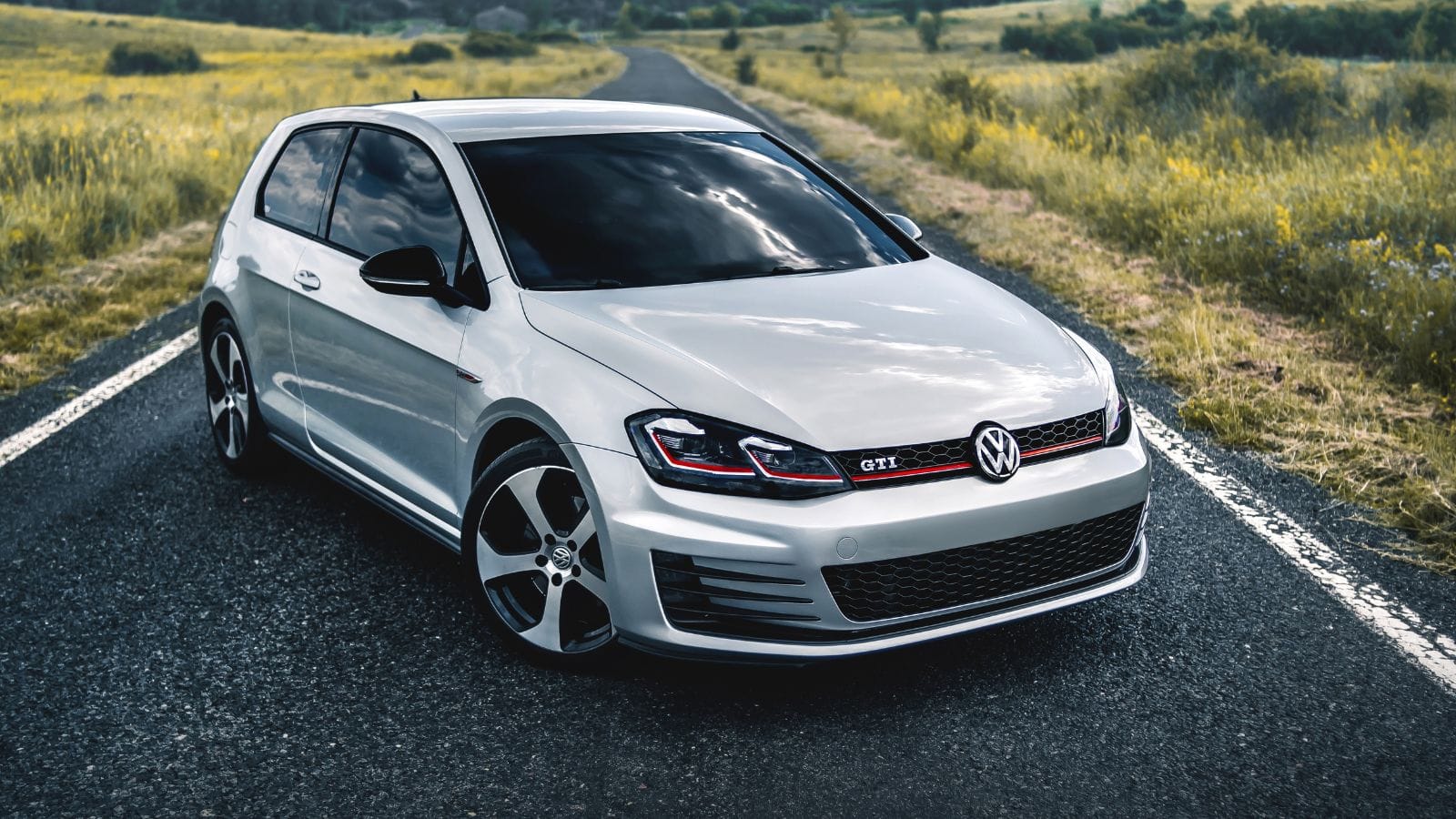
The Volkswagen Golf may be a European favorite, but it doesn’t translate well to the challenges of rural Canadian life. Its low ground clearance and front-wheel-drive layout mean it struggles with snow-packed driveways, gravel backroads, and uneven terrain. While it handles well on dry pavement, its small stature and modest engine power leave it ill-prepared for the rugged conditions that many rural drivers face daily. Add to that a dependence on specialty parts and dealerships that are often city-centered, and you’ve got a car that is out of its element in rural landscapes.
Tesla Model 3
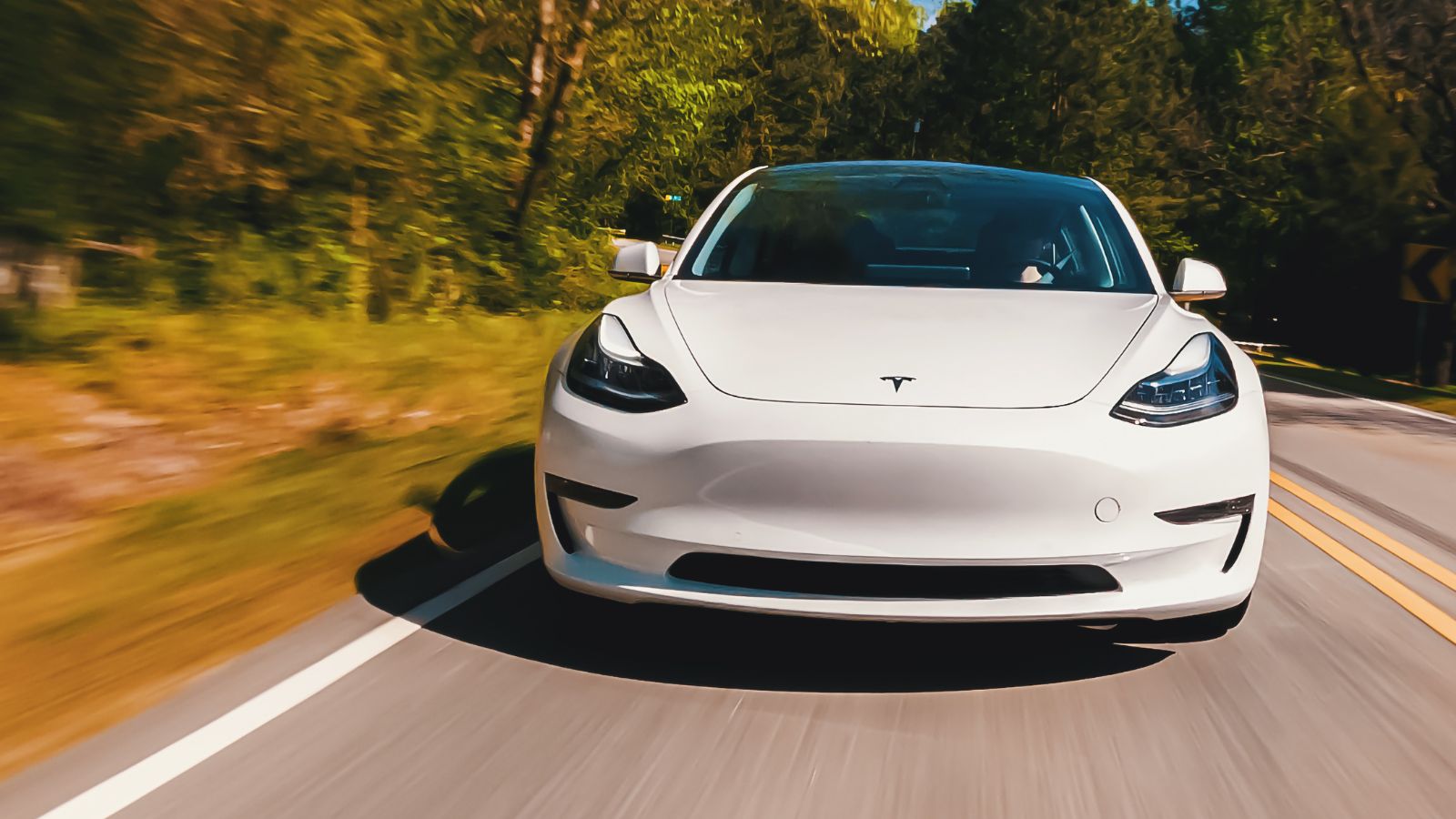
Tesla’s Model 3 turns heads in the city, but rural Canada is not the ideal place for this tech-loaded EV. The cold temperatures wreak havoc on battery range, and the lack of fast-charging infrastructure beyond major highways can lead to serious range anxiety. Though the Model 3 has AWD variants, its low-profile tires and firm suspension are not designed for bumpy, icy roads or snow-covered shoulders. Additionally, the ability to find Tesla service centers if you’re more than a couple of hours from a metro hub can become very difficult as the car transforms from cutting-edge to cut off in rural areas.
Mazda MX-5 Miata
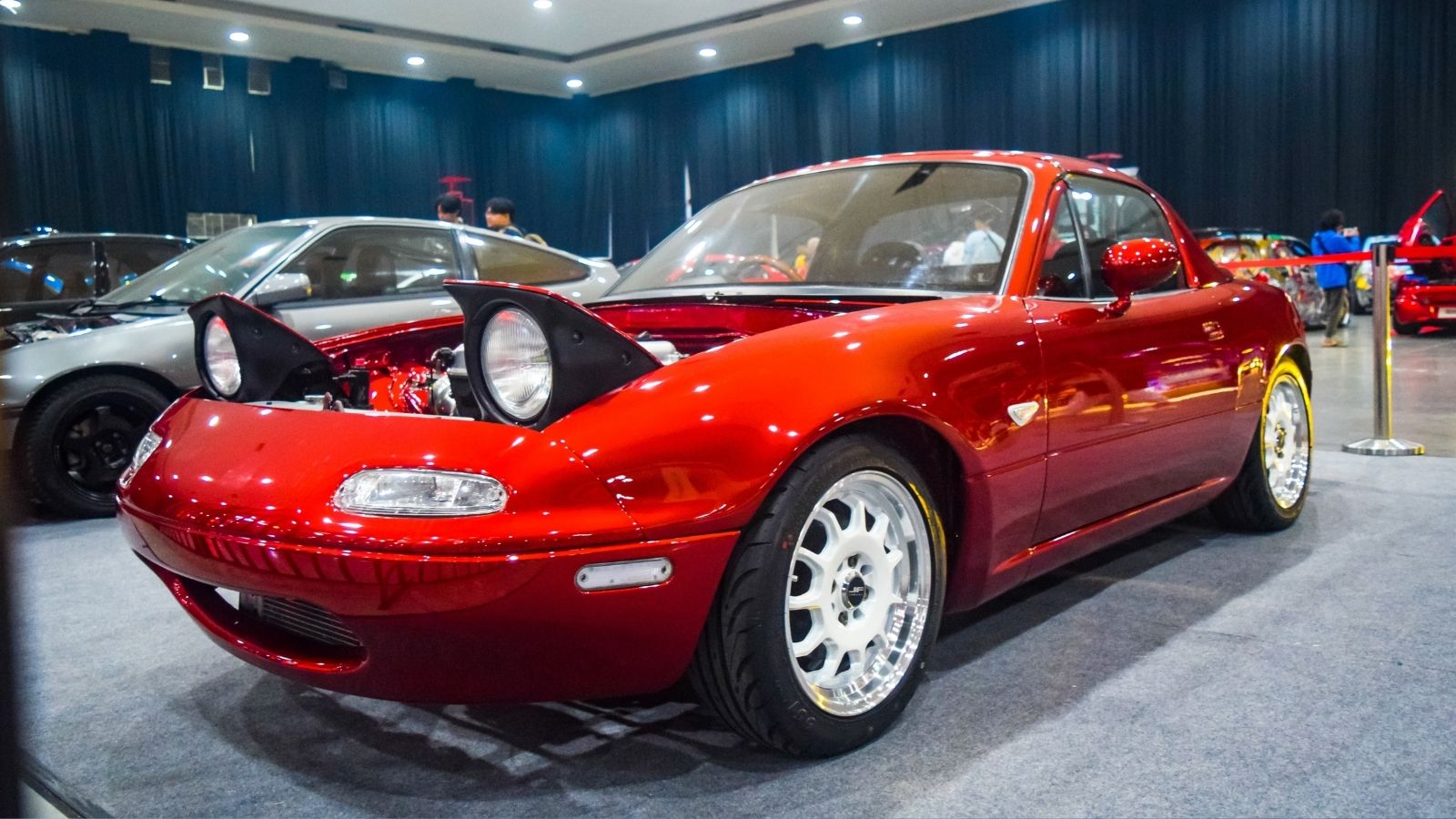
Beloved for its light frame and sporty feel, the Mazda MX-5 Miata is a dream car for summer in the city. However, in rural Canada, it is a nightmare. The car’s ultra-low ground clearance, rear-wheel drive, and featherlight body make it practically unusable in winter, and there is not enough cargo space for gear, groceries, or tools. It handles poorly on uneven surfaces and gravel roads, making potholes feel like craters. It is built for winding asphalt, not slushy concessions or frost-heaved highways, making it an impractical car to own in the countryside.
BMW 2 Series
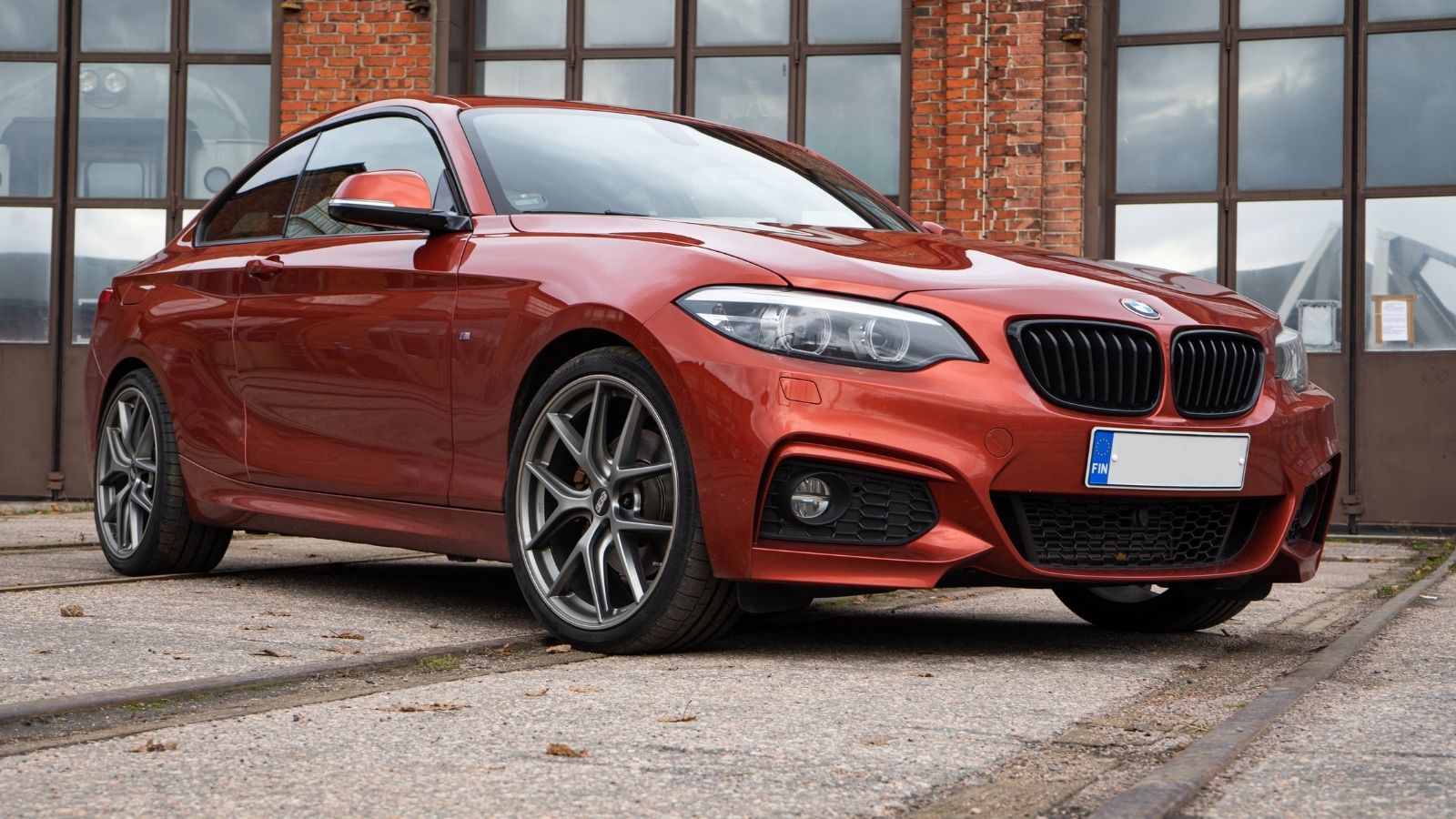
Luxury doesn’t equal practicality, especially when you are far from the nearest BMW service center. The 2 Series is compact, expensive to maintain, and ill-equipped for snowy rural roads. Rear-wheel drive comes standard on many models, and while AWD variants exist, they are still plagued by low ride height and delicate suspension components. The car performs well on paved city streets but loses its appeal the moment you’re navigating gravel, slush, or soft shoulders. Combine that with the high price of premium fuel and repairs, and rural ownership becomes less of a joyride and more of a money pit.
Hyundai Ioniq 5
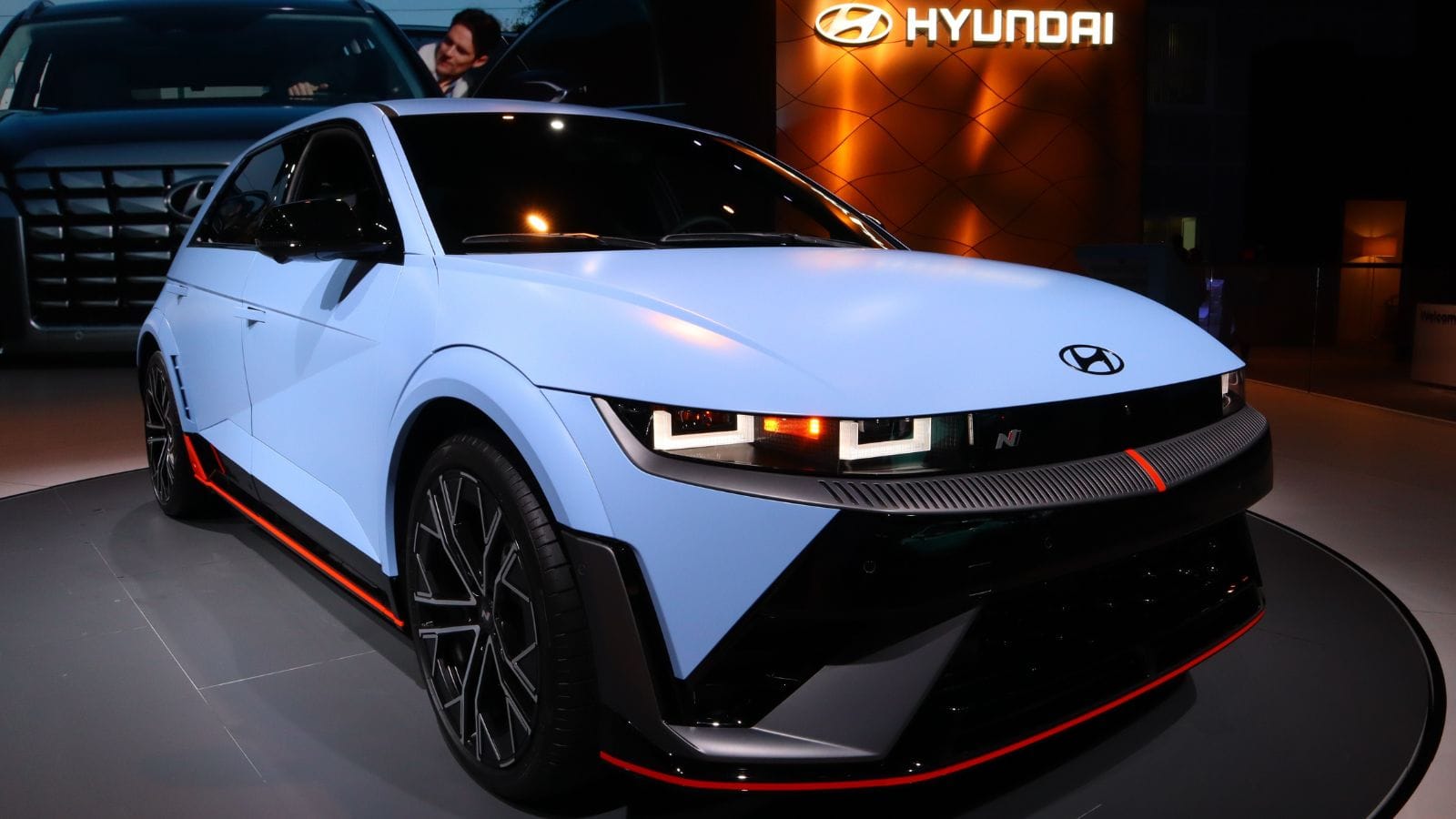
The Hyundai Ioniq 5 is a strong entry in the EV market, but its futuristic strengths fall short in the face of rural Canadian conditions. Like most EVs, its range drops significantly in sub-zero weather, and public charging options are often limited or nonexistent outside urban areas. While it boasts AWD and a spacious interior, the low ride height and stiff suspension are not ideal for rutted backroads or deep snow. It is better suited for suburban commuting than rural utility, and if you’re relying on long hauls between towns, charging becomes a frustrating routine.
Chevrolet Spark
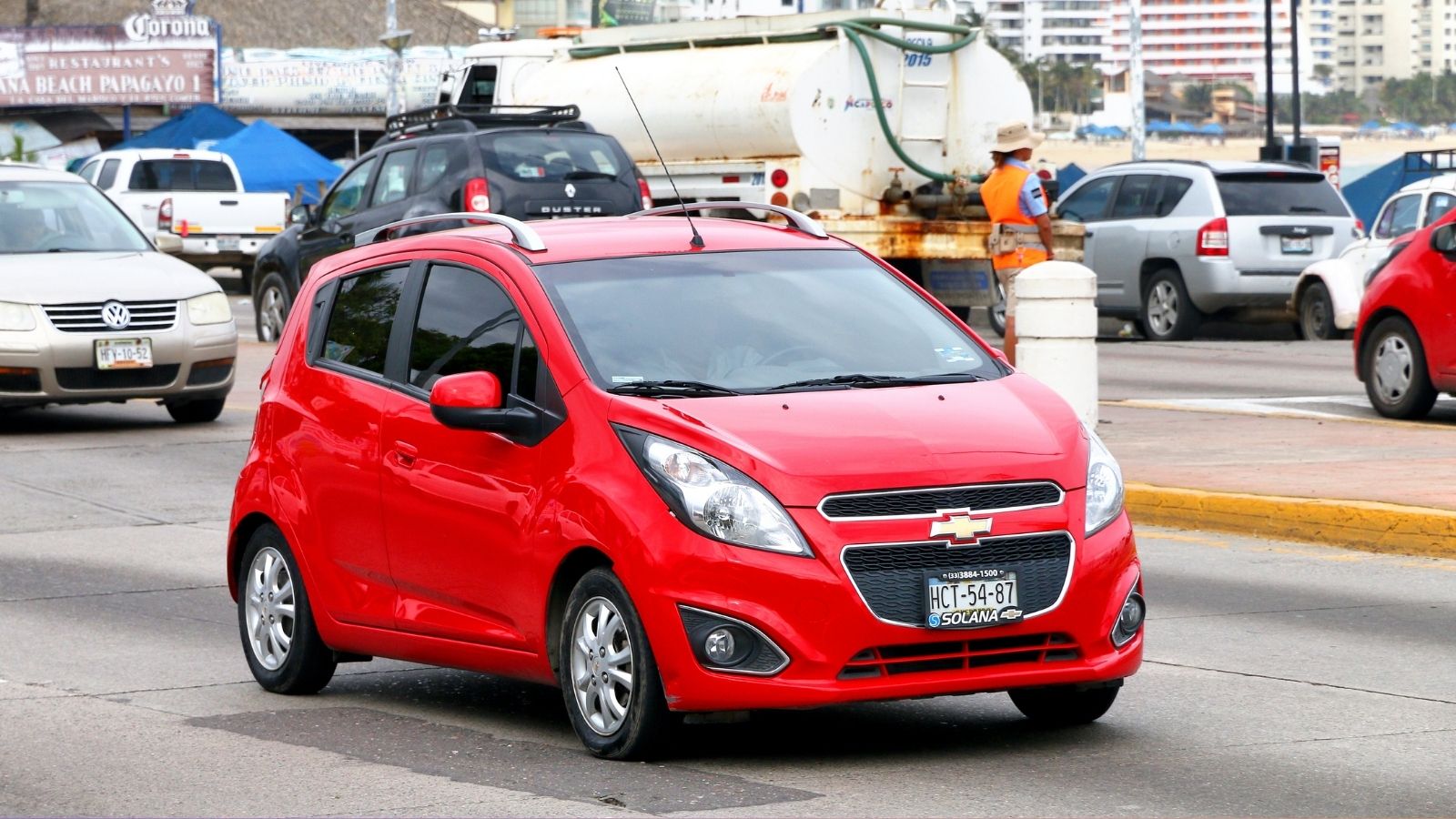
The Spark may be one of the most affordable new cars on the market, but that low sticker price does not translate to rural reliability. With a tiny 1.4L engine, front-wheel drive, and modest clearance, it struggles with even mildly challenging terrain. Snowbanks, mud, and gravel washouts can easily leave it stuck, and the lack of power means towing, hauling, or climbing hilly terrain is out of the question. Its small tank and poor insulation also make it uncomfortable for long rural drives, and although it is cheap up front, it could become potentially costly and limiting in the long run.
Acura ILX
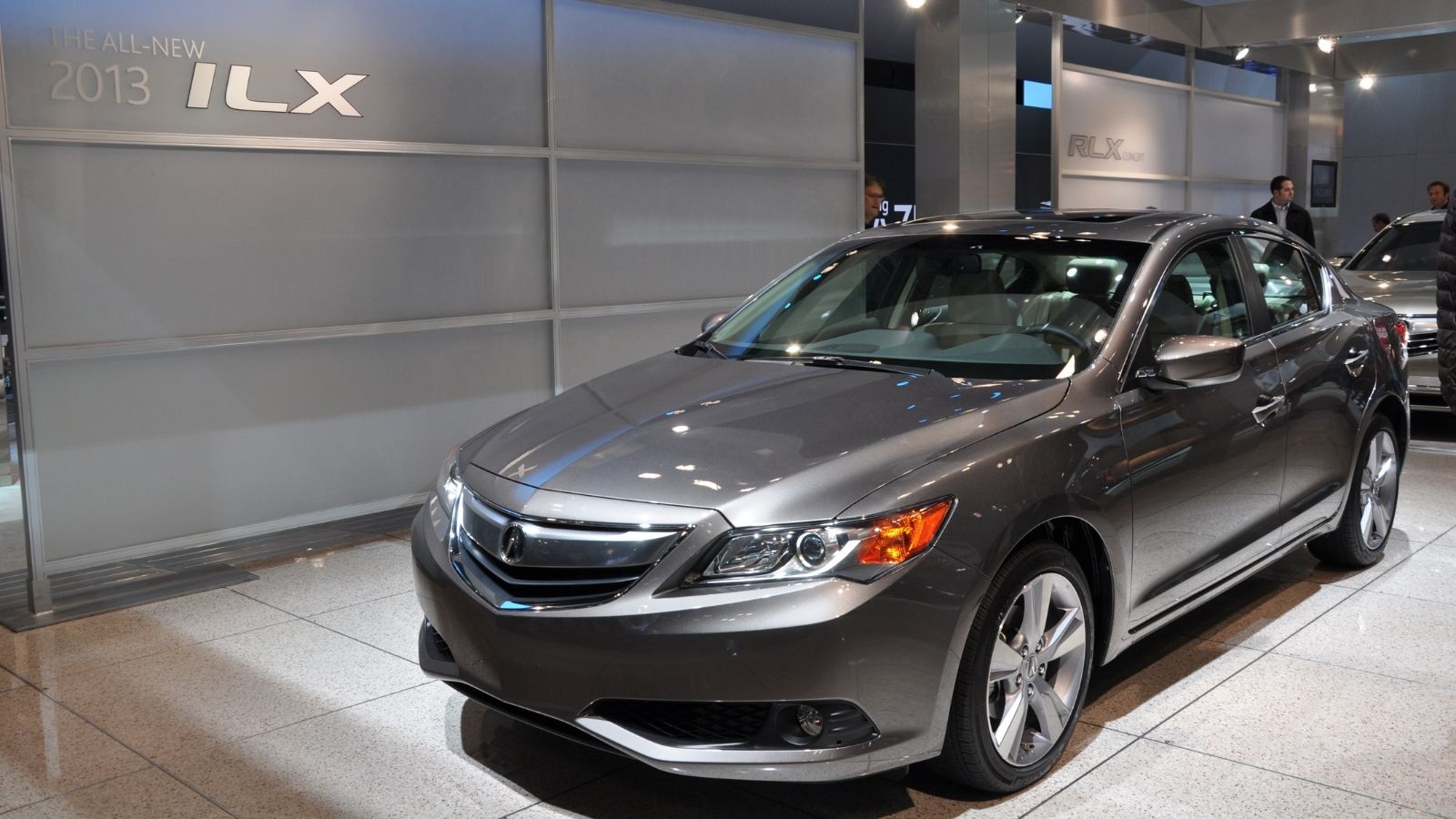
Marketed as a luxury compact, the Acura ILX places a strong emphasis on comfort and style over capability. Its low-profile tires, FWD drivetrain, and minimal ground clearance make it ill-suited for unpredictable country roads or sudden weather shifts. Driving over gravel or through snowdrifts can damage the body and suspension, and high-octane fuel requirements only add to the cost of ownership, especially in areas where gas stations are scarce. The ILX may impress in the suburbs, but rural life quickly exposes its limitations, forcing owners to wonder why they didn’t opt for an SUV instead.
Chrysler 300
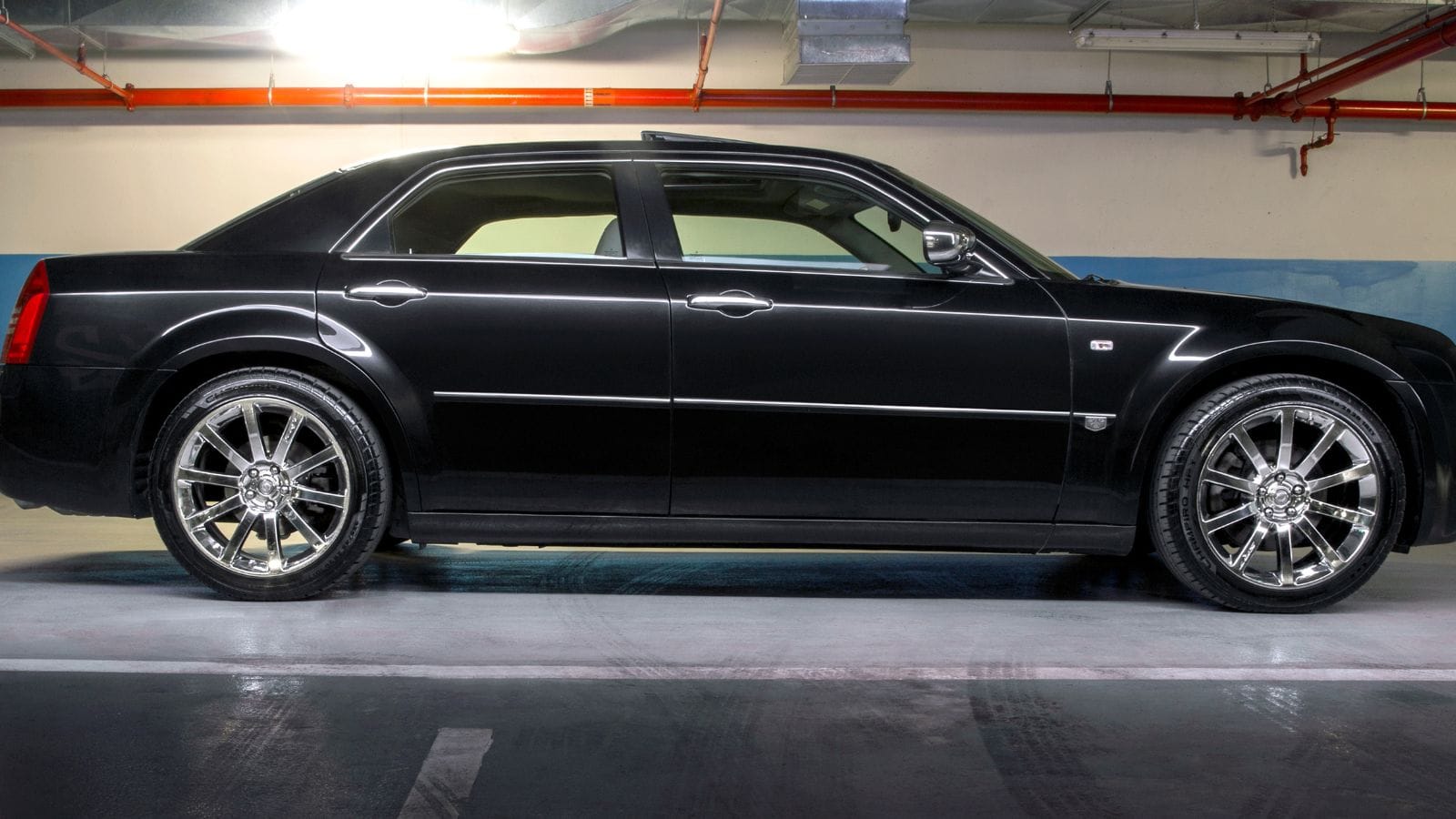
With its big body, rear-wheel drive, and emphasis on luxury, the Chrysler 300 is not a practical choice for Canadian backroads. It is heavy, low to the ground, and struggles in snowy or muddy conditions. While AWD versions exist, their popularity is low, making them harder to find and maintain in rural areas. The 300 also suffers from a wide turning radius, making it less maneuverable on tight corners or rough driveways. Combine that with poor fuel economy and a lack of rugged versatility, and it’s easy to see why rural drivers are ditching the sedan.
Subaru BRZ
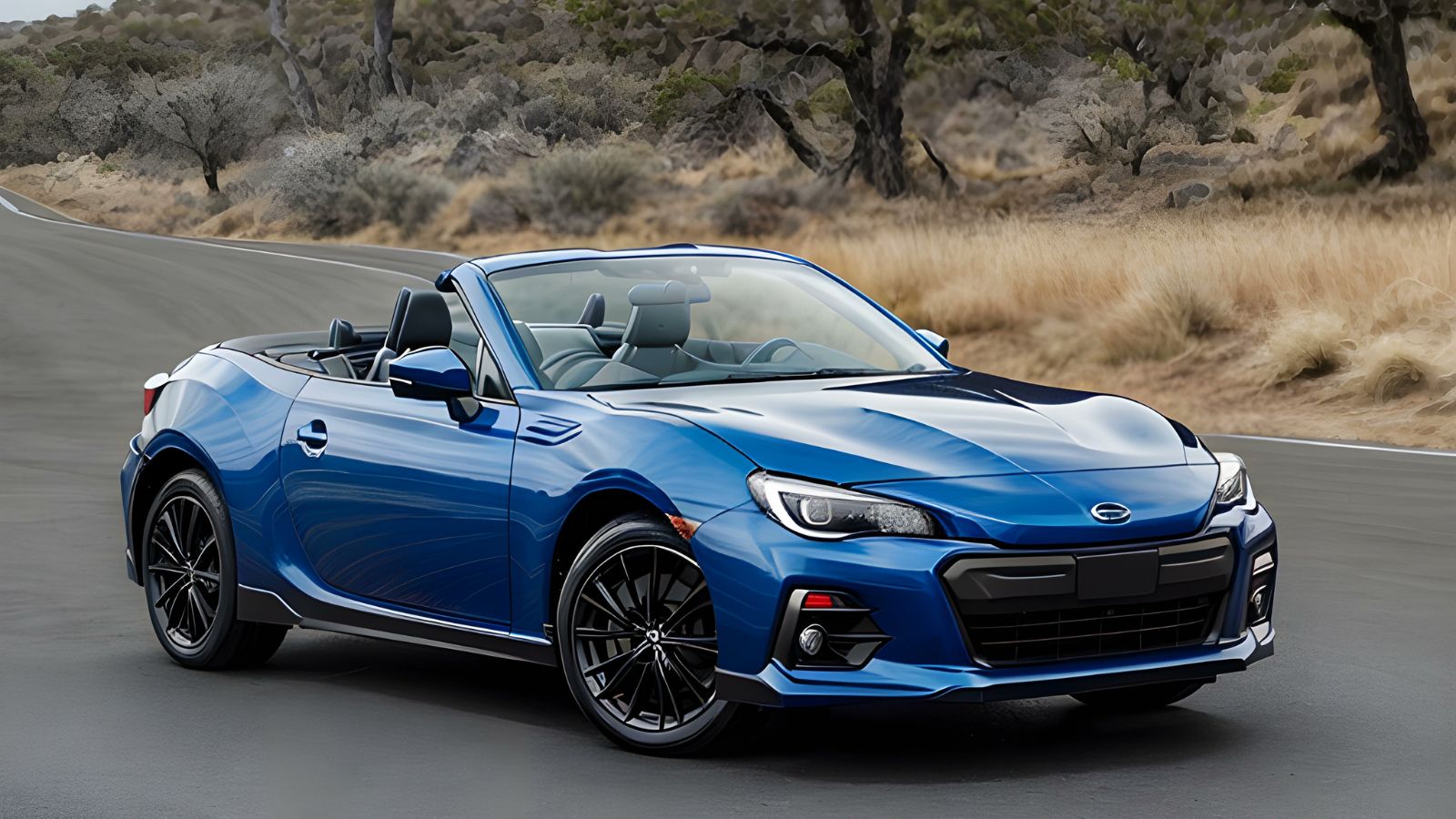
Despite being made by a brand known for AWD, the Subaru BRZ bucks the trend because it is rear-wheel drive only. This makes it a serious liability in a country setting where winter traction is non-negotiable. The BRZ’s low ride, stiff suspension, and limited cargo space don’t hold up well against potholes, washboard gravel, or steep snow-covered drives. It is fun for weekend curves, but daily rural life is too demanding for such a lightweight performance coupe.
Genesis G70
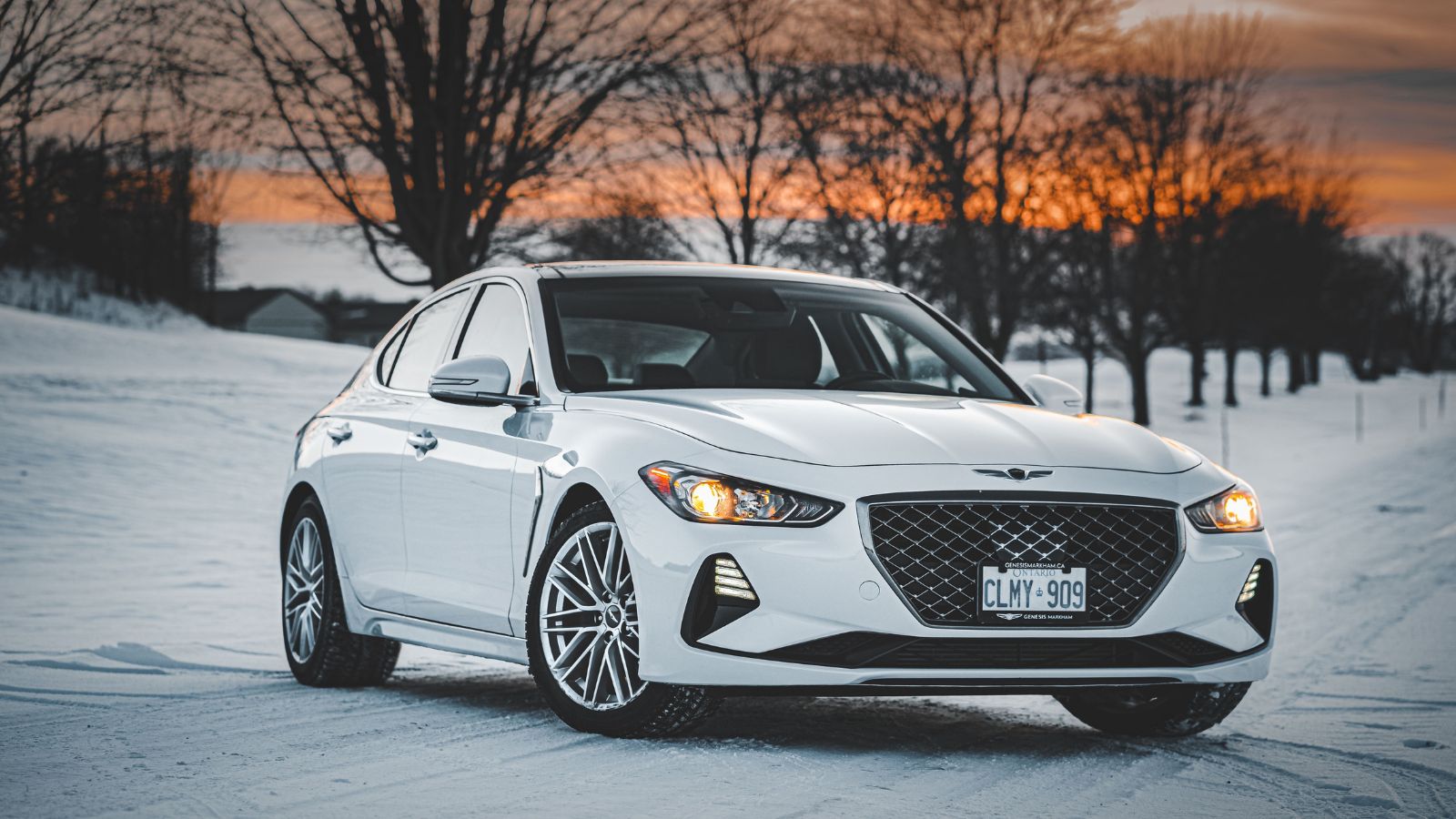
The Genesis G70 brings luxury and performance at a lower price point, but that doesn’t make it a good fit for rural Canada. It is a sports sedan at heart, with low clearance and stiff handling that suffers on gravel and frost-damaged roads. AWD is available, but it does not address the underlying problem for which this car was designed: smooth highways, not rough backroads or icy inclines. Repairs can be costly, and Genesis dealerships are still scarce, making service a challenge. For rural drivers, this sleek sedan quickly turns into a high-maintenance inconvenience.
Kia Forte
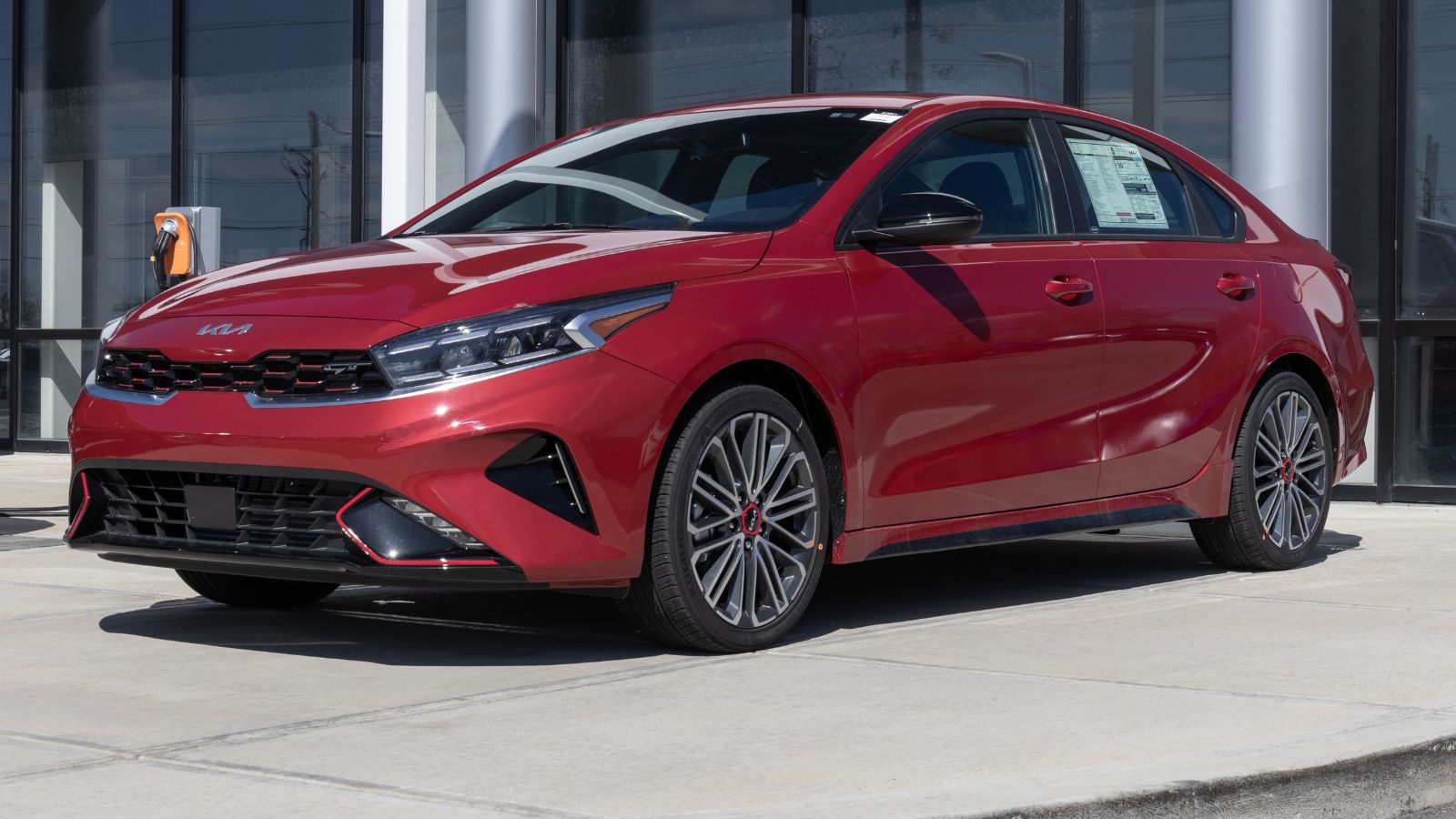
The Kia Forte is popular for its affordability and fuel economy, but rural Canada quickly exposes its shortcomings. It offers limited ground clearance and struggles with deep snow, potholes, and gravel roads. Despite having front-wheel drive, the Forte’s traction and stability systems are underwhelming on uneven terrain or in harsh weather conditions. It also lacks towing capability and storage space for the gear rural drivers often carry. Repairs in remote areas may require long waits or travel to urban dealerships. In rural areas, where ruggedness and reliability matter more than a low MSRP, the Forte doesn’t quite deliver.
Dodge Charger
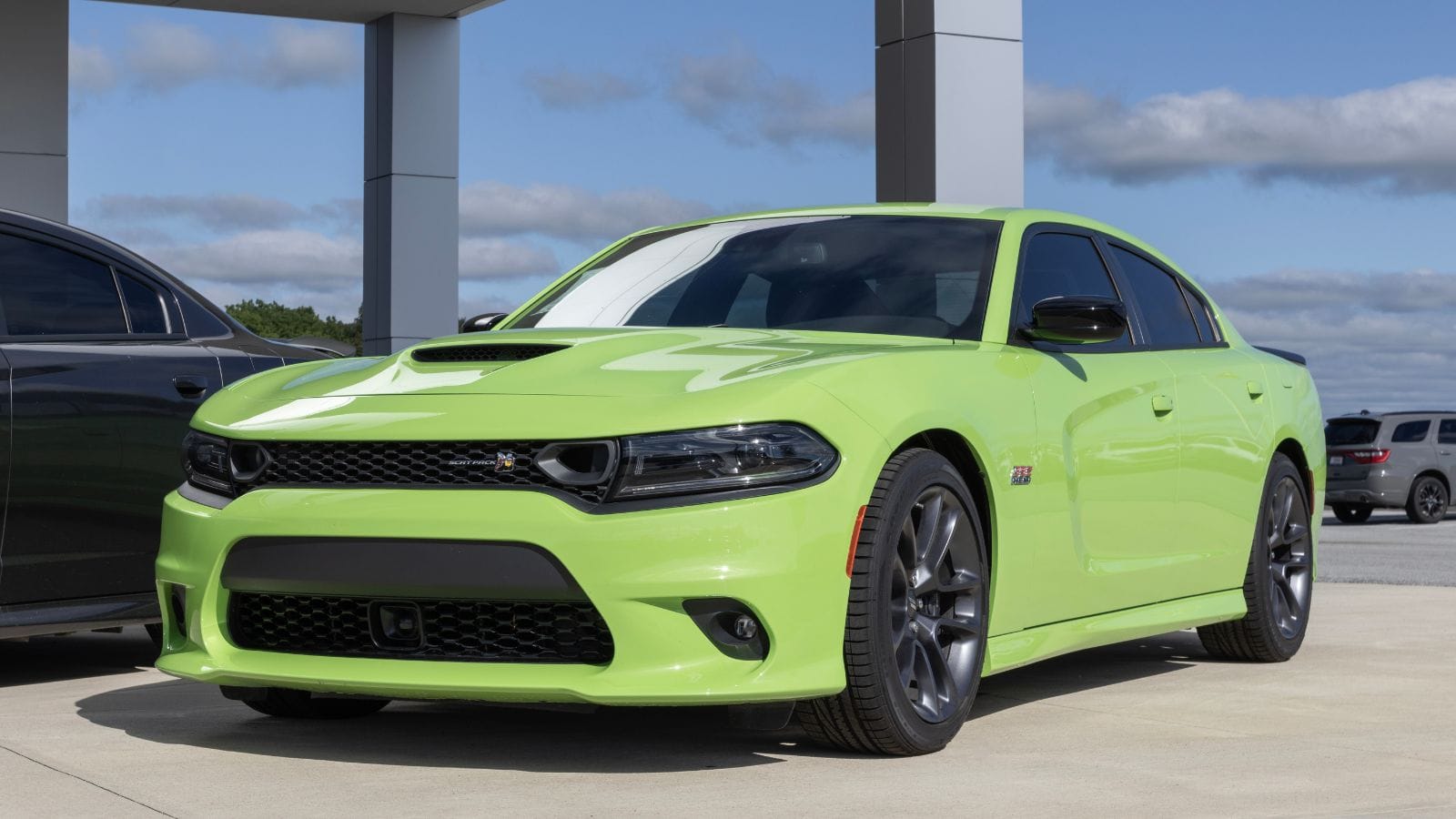
The Dodge Charger might look tough, but it is not built for rural Canadian living. Rear-wheel drive is standard on most models, making snow-covered roads a challenge unless you splurge for the AWD trim. Even then, the Charger’s weight and low profile can make navigation on muddy, icy, or gravel roads more stressful than it is worth. Repairs and fuel costs are high, especially with HEMI V8 engines, and its vast body is not ideal for tight country roads or small garages. The Charger thrives on smooth highways, not unpaved backroads or rural driveways buried under snowdrifts, making it a bad option for rural drivers.
Volkswagen Beetle

The iconic Beetle has charm to spare, but that won’t get you far on snow-covered concessions or logging roads. Its low ground clearance and modest FWD system make it ill-equipped for anything beyond dry pavement. The tiny backseat and trunk are also impractical for hauling tools, feed, or anything you would typically move in rural life. Parts for older models are increasingly hard to find, reliability isn’t the strong suit for later versions, and as much as it turns heads in town, the Beetle cannot keep up with the demands of rural Canadian living.
Honda Insight
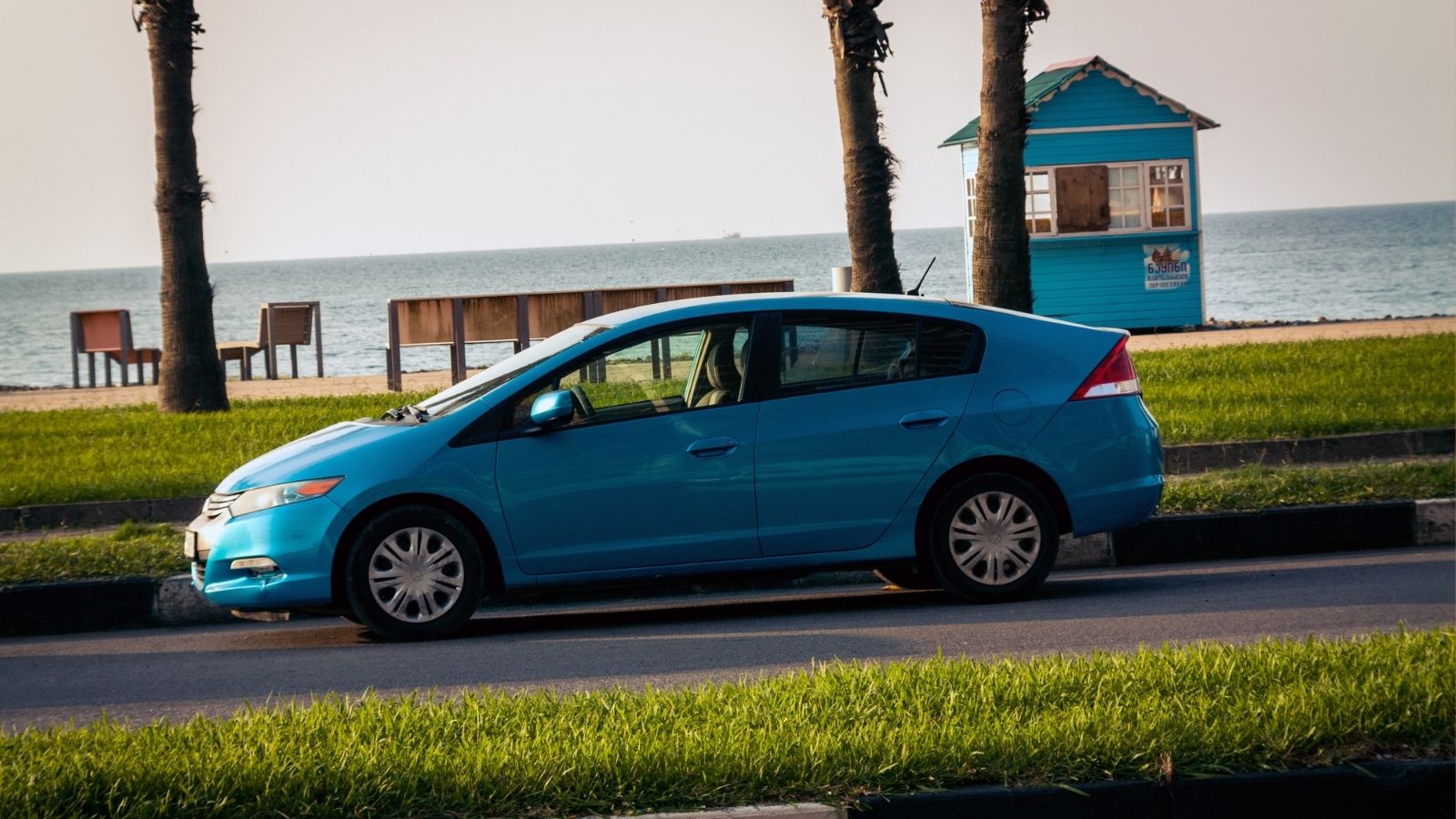
The Honda Insight is another hybrid that struggles to perform well outside urban areas. It is sleek and fuel-efficient, but poor ground clearance and soft suspension make it unsuitable for bumpy roads or heavy snowfall. Long distances, unpredictable weather, and a lack of hybrid-certified service centers in rural regions can turn minor issues into expensive problems. Its regenerative braking and lightweight build, while great for city driving, are not equipped to handle backcountry demands.
Mercedes-Benz C-Class
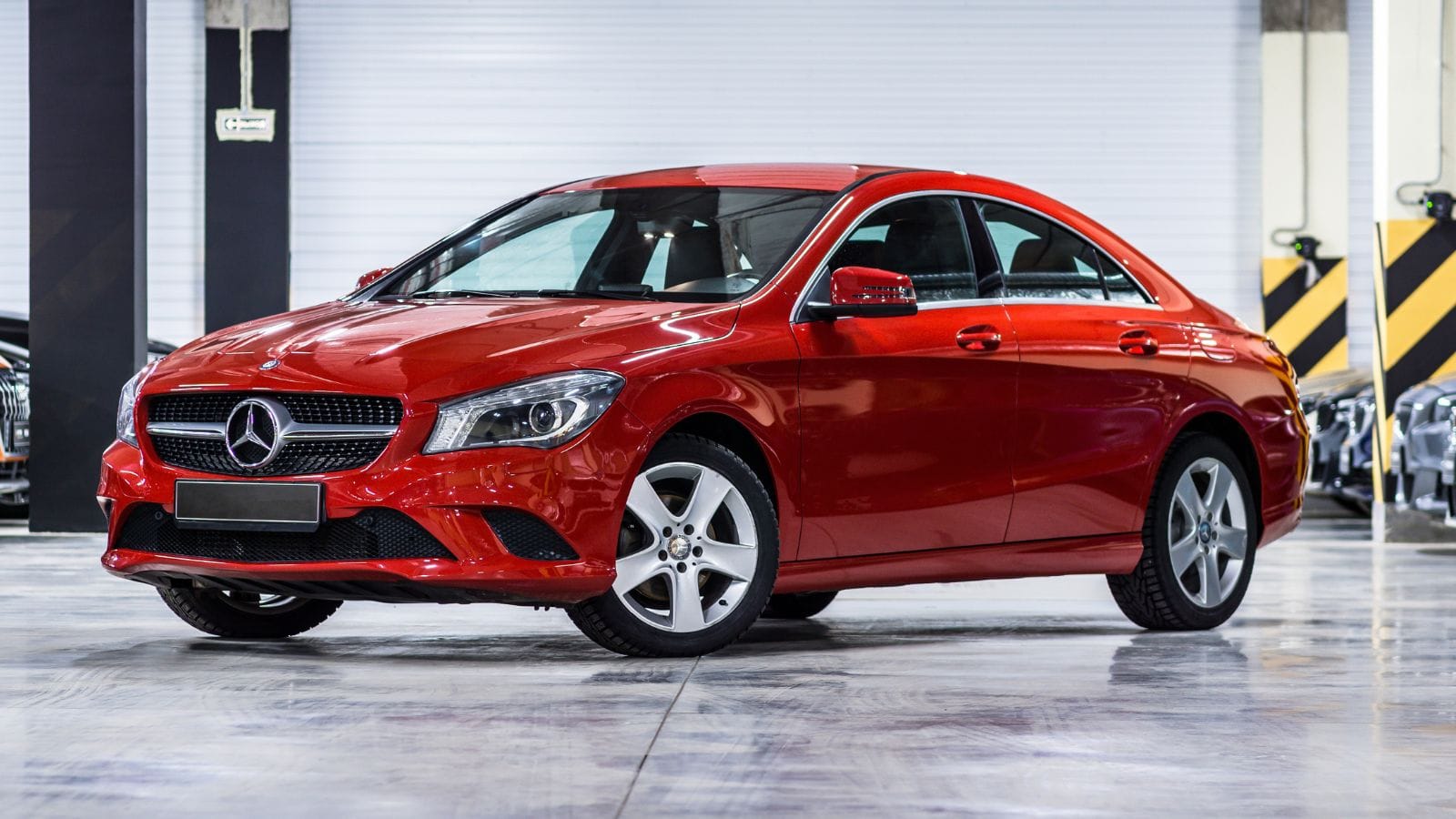
If you are living where the nearest gas station is 45 minutes away and potholes are just part of life, the Mercedes C-Class is more of a liability than a luxury. These sedans prioritize comfort over capability and don’t hold up well to rugged or unpredictable road conditions. AWD is an option, but with low-profile tires, complex electronics, and expensive service needs, this car quickly becomes a headache in rural areas. If something goes wrong, forget about a quick fix, as most rural mechanics won’t have the necessary parts or access to the software. It is a beautiful car, but it is not built for the country.
Honda CR-Z
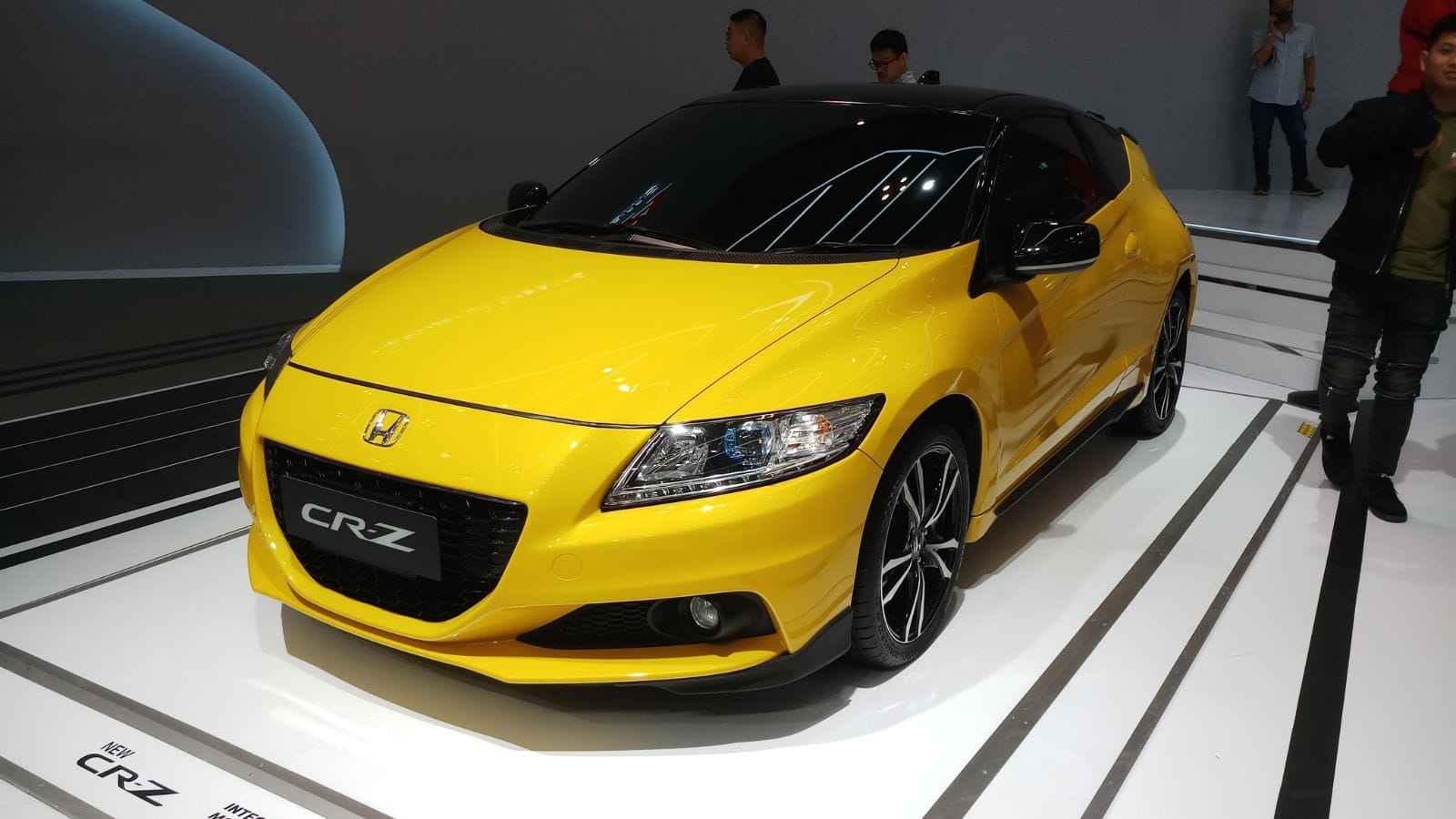
Billed as a sporty hybrid, the Honda CR-Z never lived up to either claim, and in rural Canada, its shortcomings stand out even more. It is too low for snowbanks, too small for cargo, and lacks the AWD that is mandatory in remote or hilly regions. Fuel efficiency is decent, but the hybrid tech is aging, and replacement parts can be scarce outside major cities. This coupe-hatchback hybrid will leave you cold, especially if you are driving on gravel roads, through deep ruts, or need to carry a heavy load.
Audi A3
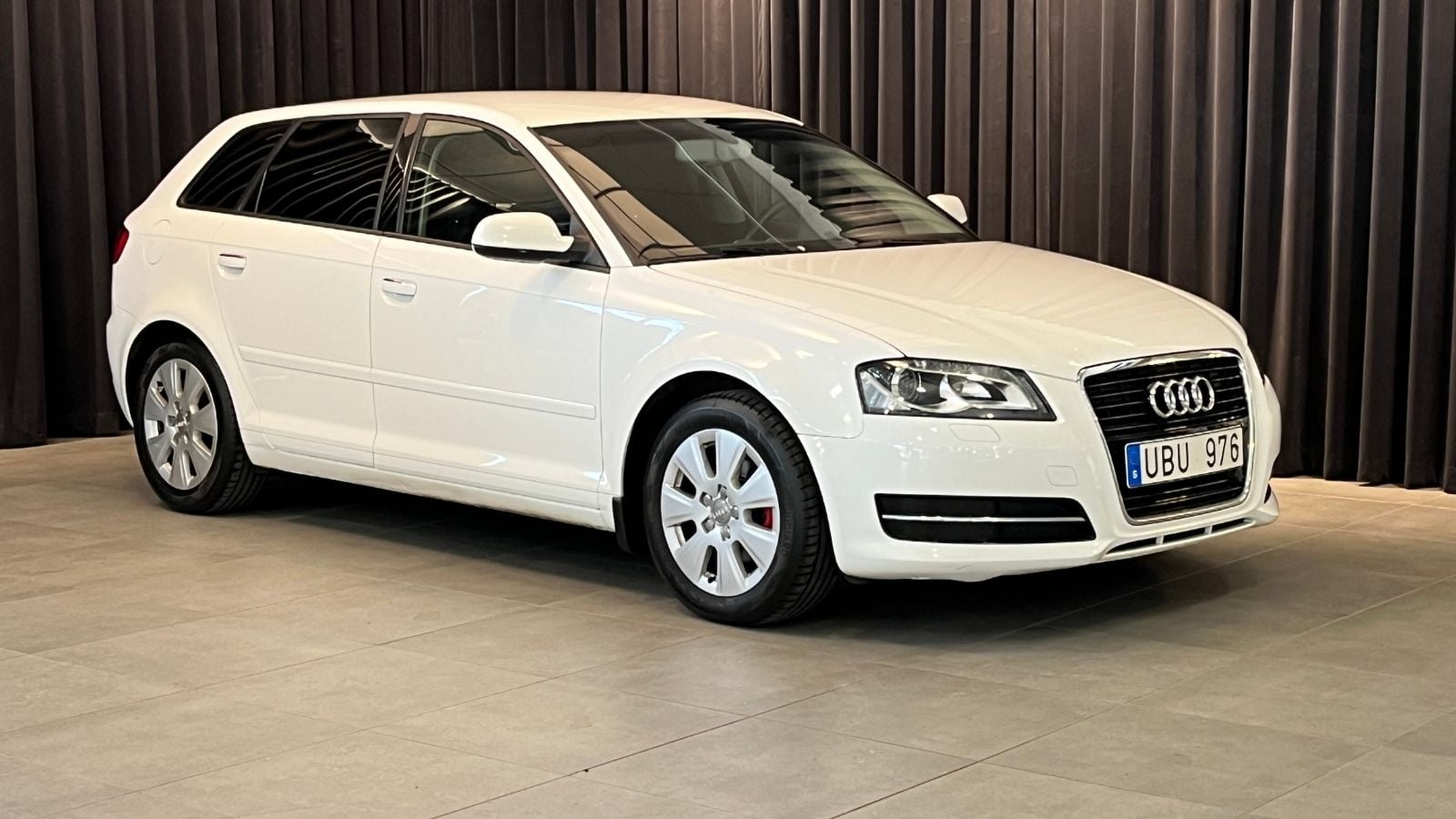
Luxury compact sedans like the Audi A3 excel in urban and suburban settings, but rural Canada reveals their shortcomings. The low ground clearance, delicate suspension, and limited cargo space mean you’ll be tiptoeing over frost heaves and dodging gravel patches. The A3’s refined ride and upscale features don’t compensate for its poor winter handling unless equipped with Quattro AWD, which adds to the already high purchase and maintenance costs. Service options are also limited outside major cities, as the car transformed from a premium choice to a regrettable buy in rural areas.
Ford Mustang

There is no denying the Ford Mustang has power and appeal, but rural Canada doesn’t play to its strengths. Rear-wheel drive and a low profile make winter driving risky, especially on snow-covered roads and icy hills. The Mustang’s firm suspension and sports-tuned chassis don’t absorb gravel or potholes well, resulting in a jarring ride on anything but smooth pavement. Fuel costs are also high, trunk space is minimal, and its performance benefits are largely wasted if you are not on a smooth stretch of highway, as the car’s thrilling features become misplaced in the country.
25 Facts About Car Loans That Most Drivers Don’t Realize

Car loans are one of the most common ways people fund car purchases. Like any other kind of loan, car loans can have certain features that can be regarded as an advantage or a disadvantage to the borrower. Understanding all essential facts about car loans and how they work to ensure that you get the best deal for your financial situation is essential. Here are 25 shocking facts about car loans that most drivers don’t realize:
25 Facts About Car Loans That Most Drivers Don’t Realize
